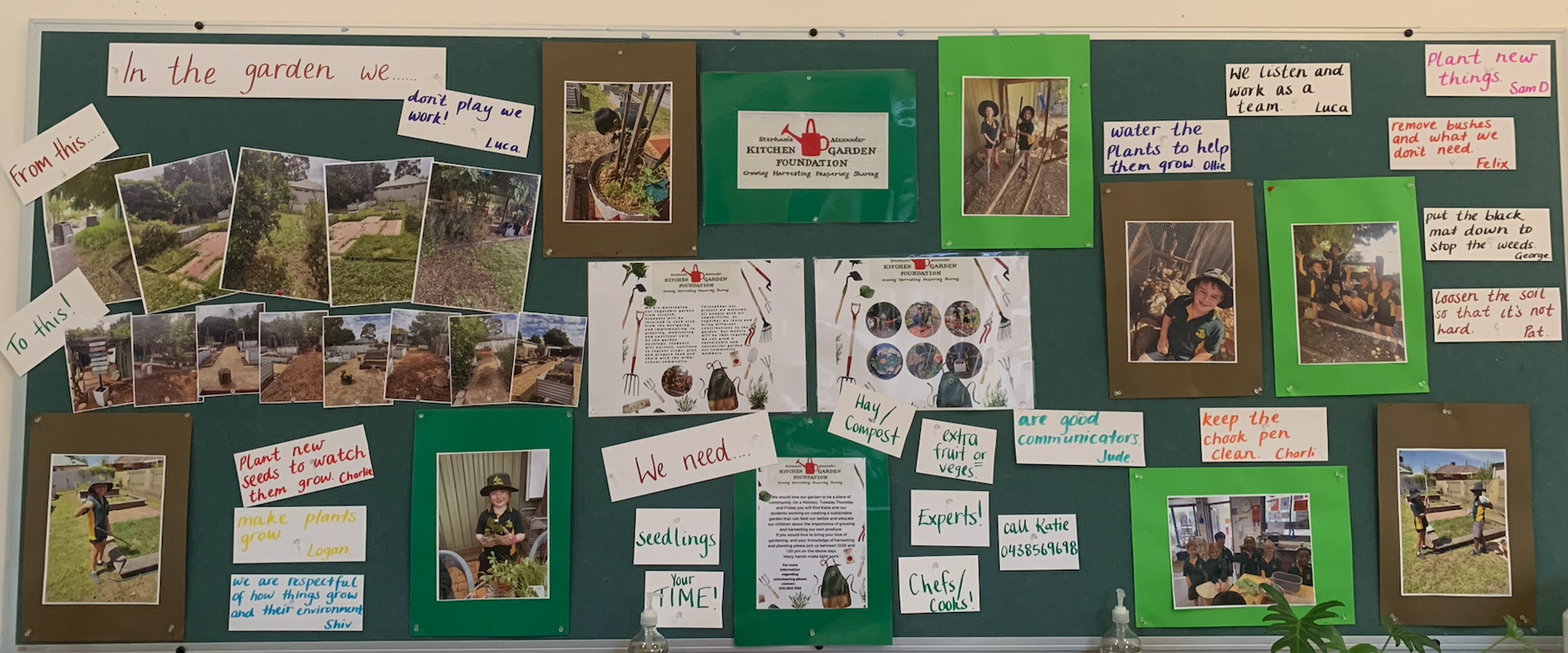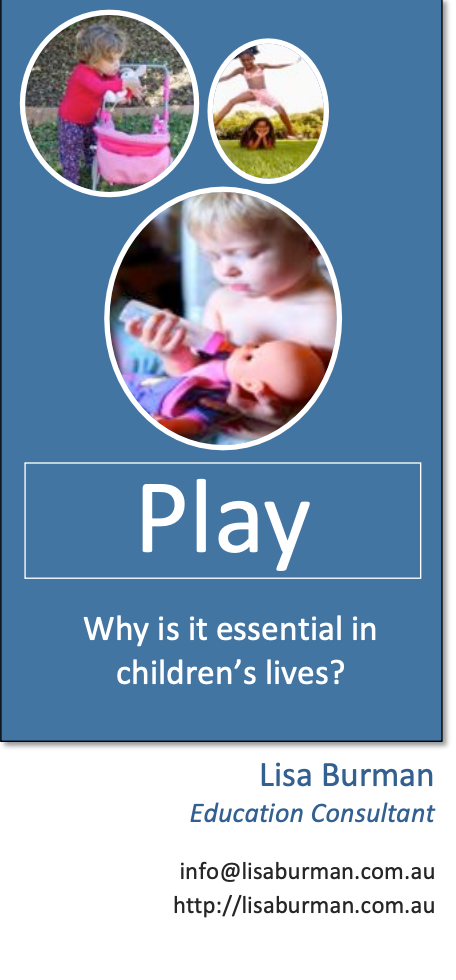Principal Parenting News

Parent Corner
A GOOD NIGHT’S SLEEP – 5 TOP TIPS TO HELP CHILDREN SETTLE
We all know how important it is to get a good night’s sleep. So when the bed preparation is taking too long, or your child has difficulty settling down for the night these tips may help.
1. Physical Activity
Make sure your child is doing enough physical activity during the day
Doing an activity that will get your child’s heart rate up for about 15-30 minutes towards the end of the day can help get rid of excess energy. For example, jumping on the trampoline, skipping, scooter, bike, ball games, dancing, chasey, races, obstacle courses, and brisk walking. Try doing this before dinner, or if you have early dinners, shortly afterwards. Make sure your child is not doing any rigorous exercise 2 hours before bed though as it can end up having the reverse effect and keep them awake.
2. Look at the timing of your meals before bedtime
- Eat dinner about 2 hours before bed – this gives your child’s digestive system enough time to work on breaking down the meal, before starting to slow down the body for sleep. If you eat big meals too close to bed – especially sweet treats/desserts, this may give your child a surge in energy, so try not to eat them too close to bedtime.
- However, it’s also important not to send your children to bed potentially hungry. If you have early dinners, or your child doesn’t eat a lot at dinner time, you may be faced with some common delay tactics such as “But I’m still hungry” at bedtime. Sometimes this is exactly that – a delay tactic to stretch out bedtime. However, children can get hungry again if there is more than a 2 hour block of ‘awake’ time between their last meal and bedtime. If this is a common problem, perhaps try getting into the routine of offering a small snack 30 mins before bed, such as a banana, a small glass of milk, some yoghurt, or a piece of bread with peanut butter.
3. Create calm bedtime routines and a calm and slowed down family environment
If you want to help your child slow down their bodies for bed, there are a few things that may prevent this from happening, this can include:
- Rushed routines
- Arguments, yelling, anger, or stress in the household – this may raise a child’s level of arousal (make their central nervous system go from ‘awake’ to ‘hyper-awake!’)
- Unpredictable or inconsistent bedtime routines. Children often feel calmer when they know the routine and they know what comes next.
4. Understand your child’s body clock– they only have one!
If your child has difficulty settling at night, have a look at what time you are getting her into bed, and what time she is waking. Most children require anywhere between 8-12 hours of sleep per night, depending on their age, level of activity, and individual needs. Try to determine roughly how much she requires, then try to keep bedtime and wake time around the same time each day. For example, if your child ends up staying up really late one night and has a history of difficulties with settling at night, do not compensate by allowing them to sleep in the next day as this may interfere with her sleep/wake cycle, and can create more difficulties trying to settle for sleep the following night.
5. Create a sense of calm at bedtime
- Reading a book in bed before lights out – this can be excellent body wind down time
- Listening to music, or a story CD while trying to fall to sleep
- If your child has worries on their mind, or lots to say at bedtime, try having a chat earlier in the night, so they don’t get into the habit of bringing up their concerns right before bed.
- If your child often remembers things they need to do the next day when they are already in bed, they can put a little notepad and pencil next to their bed. Writing it down can help to let the thoughts go.
- Try comfort objects to cuddle up to – teddies, blankets, one of your jumpers
- Some children experience anxiety, distress, and worries at bed time. If you notice your child is particularly worried or anxious at bedtime, this may also be contributing to their difficulty in winding down into a sleepy relaxed state.
- If you would like some further tips and strategies on managing your child’s anxiety at bedtime, or bedtime routines in general, contact Sensational Kids to make an appointment to see one of our psychologists.
Author: Shannyn Wilson, Psychologist, Sensational Kids
School Philosophy ~ Who we are and what we do at St. Mel's
Below is an extract from our Learning Philosophy…
Playful learning to inquiring minds,
Inquiring minds to cooperative learners,
Cooperative learners to self directed individuals.
Developing creativity through learning.
At St Mel’s we acknowledge that the child is a capable person and is able to make meaning of their world around them. A Community of Inquiry is one that is committed to engaging in all learning opportunities through an inquiry approach. The language and phases of inquiry associated with this approach are paramount to its success. Learners are immersed in and experience the process of Tuning In, Finding Out, Sorting Out and Taking action. As part of this process, learners are required to engage with each other as researchers, thinkers, collaborators, communicators and self-managers. These are referred to as learning assets. Further to these assets we wish to nurture certain dispositions such as being curious, courageous, open-minded, flexible, persistent, resilient, responsible, reflective, empathetic, compassionate, reliable, confident, responsive, respectful and resourceful. These assets and dispositions are not learnt overnight but they are nurtured through the learning opportunities that are masterfully facilitated by expert educators who listen attentively to student voice, in other words, your son or daughter's teachers.
As Kath Murdoch, a leading educational consultant on whom we base much of our learning and teaching says, ‘Teachers who use inquiry-based methodologies have a firm belief in the transformative power of ownership. When students feel they are the ones ‘doing the learning’ rather than the teacher ‘doing the learning to them’ they are undoubtedly more engaged, and with engagement comes increased potential for learning’ (Murdoch, 2015).
This approach is far from an afternoon of integrated learning. A community of Inquiry is totally committed to engaging in an inquiry approach in all learning. Such an approach captures much of the educational literature that promotes lifelong learning and what are called 21st century competencies such as being adaptable and flexible to new information, being creative and being able to solve and consider real-world problems. Through these competencies, we hope all students graduating from St Mel’s are equipped with the skills, attitudes and social attributes necessary to have a successful and rewarding life.
Your child’s teachers are the experts and are more than happy to discuss with you, at any time, your child’s education, setting goals and working towards developing the assets they need to be successful contributors to society.
~ Reading Tips ~
Please use the following information to reinforce a few points about reading with your children.
There are so many different elements to reading & learning to read that might not always come easy to our kids. Below are a few things that you can be doing at home with not only the readers but any books that you read.
Firstly, reading is more than simply reading words from a page, reading is about:
- Comprehending or understanding what is being read
- Reading with fluency
- Using strategies to decode or sound out tricky words
- Re-reading the text, for meaning or understanding
- Making predictions about what is being read
- Retelling what is happening
- Sparking interest, curiosity and exploration
How can you build a reader at home?
* Explore different types of texts Look at a variety of books, magazines, newspapers, online articles. Make good use of both your own books but also the local and school libraries. Find books that fit your child, books that are interesting!
* Make it fun!
Reading should not be a chore! Intentionally read with your child, use opportunities to discuss books, research together, and complete activities. Making reading fun, enjoyable and a special time develops a love of reading (once this is established great things usually follow).
* Ask questions
Question your children about what they have read. Asking questions such as - who are the main characters, what is happening or what is the problem, when does the story take place, where does the story take place, why is there a problem & how is the problem solved, are all types of easy questions you can ask to help your child develop a deeper understanding about what they are reading.
Please do not get caught up on your child's reading level, as you know children develop at different rates it is not helpful to compare children to their peers.
Here are some great readings and resources for you, our parents & guardians to investigate and explore over the long weekend & couple of weeks ahead:
Listen:
A great & timely listen for the long weekend for the adults - ‘mojoexpresso ~ a more Playful episodes’’
https://podcasts.apple.com/au/podcast/a-more-playful-episode/id1638228710?i=1000575069238
** Play is often misunderstood ~ How do we define play? How can we cultivate a more playful spirit in our day-to-day lives?
Read:
** A recommended read ~ Lisa Burman Education Consultant - Parent Resources
The importance of Play:
Watch:
The Resilience Project - Parents and Caregivers
https://theresilienceproject.com.au/at-home/parents/ Lael Stones ~ Feelings



